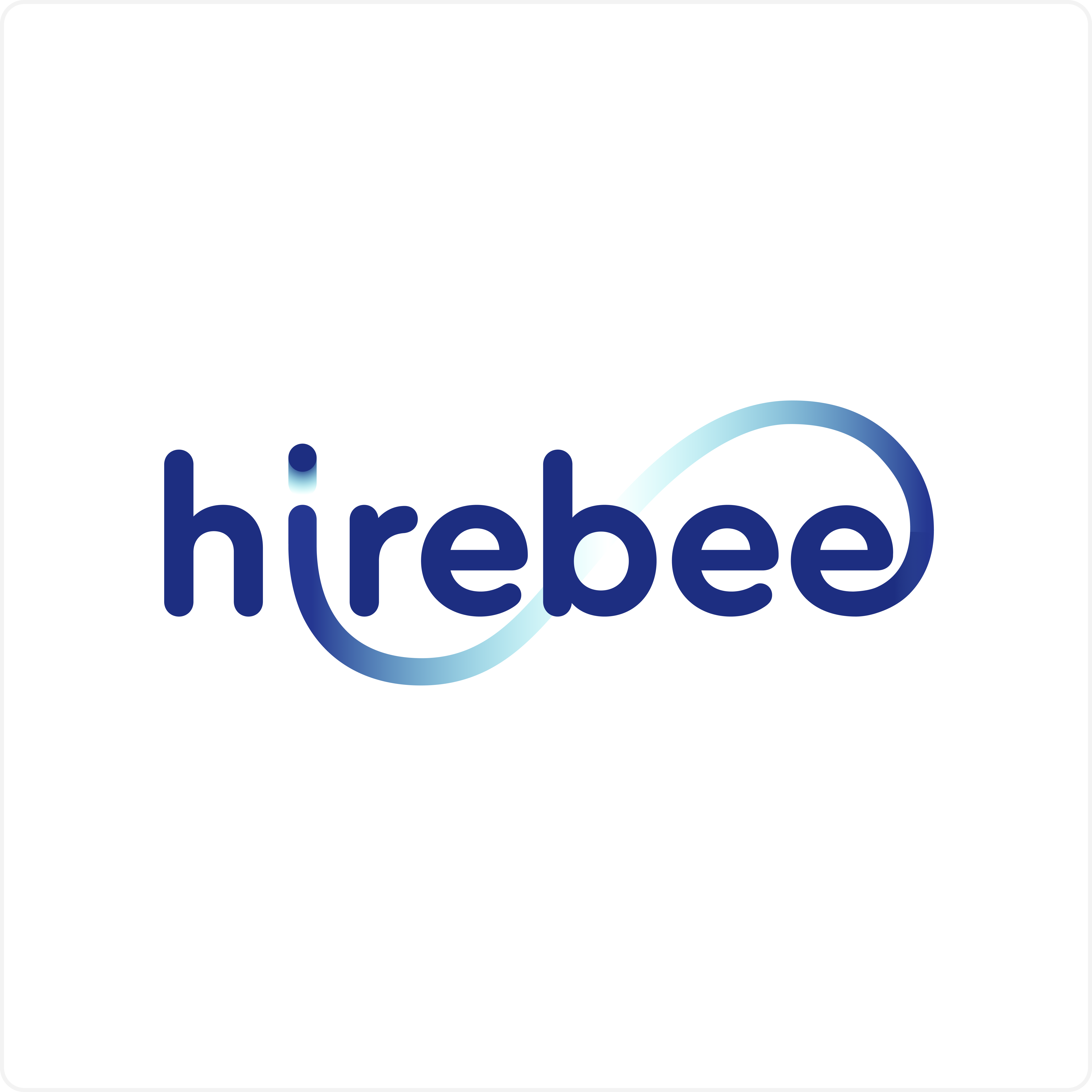When it comes to filling job vacancies within an organization, two primary options exist: internal hiring and external hiring. Internal hiring refers to the practice of promoting or transferring existing employees to fill open positions, while external hiring involves recruiting and selecting candidates from outside the organization. Both approaches have their own merits and drawbacks, and understanding these can help organizations make informed decisions when it comes to talent acquisition and development.
The purpose of this article is to explore the pros and cons of internal hiring versus external hiring. By examining the advantages and disadvantages of each approach, organizations can gain valuable insights into which method may be more suitable for their specific circumstances and objectives. While there is no one-size-fits-all answer, understanding the implications of internal and external hiring can aid in making more effective hiring decisions, optimizing talent management, and ensuring the long-term success of the organization.
In the following sections, we will delve into the pros and cons of internal hiring and external hiring. First, we will discuss the benefits of internal hiring, which include familiarity with company culture, knowledge of internal systems, and cost savings. However, internal hiring also has limitations, such as a limited pool of candidates and the potential for creating internal competition.

Next, we will explore the advantages of external hiring, which encompass access to a broader talent pool, fresh perspectives, and specialized skills. External hiring can help bring in new ideas, reduce bias in selection, and expand the organization’s network. Nevertheless, external hiring can present challenges, including longer recruitment processes, higher costs, and potential cultural mismatches.
Hirebee takes its responsibility to improve your hiring effort very seriously, as it ensures the best candidates for your team through improved candidate screening and sourcing.
Ultimately, by understanding the pros and cons of both internal and external hiring, organizations can make more informed decisions about how to fill their job vacancies with the right job distribution software. It is crucial to consider the specific context, goals, and requirements of the organization, as well as the unique circumstances of each position. Striking a balance between internal and external hiring approaches can lead to a successful talent strategy, fostering growth, innovation, and a healthy organizational culture.
Let us now examine the advantages and disadvantages of internal hiring and external hiring in more detail.
Table of Contents
TogglePros of Internal Hiring
- Internal candidates are already familiar with the organization’s culture, values, and work environment.
- They have a good understanding of the company’s mission, goals, and strategies.
- Internal hires require less time to adapt to the existing work culture, resulting in a smoother transition.
- Internal candidates are well-versed in the company’s internal systems, processes, and policies.
- They have a solid grasp of the workflow, which enables them to start contributing quickly.
- Familiarity with internal systems reduces the learning curve and minimizes potential errors or inefficiencies.
- Internal promotions boost employee morale and motivation.
- Employees see internal hiring as a recognition of their skills and potential for growth, leading to increased loyalty.
- The sense of career progression within the organization can enhance job satisfaction and reduce turnover.
- Internal hiring eliminates the need for extensive external recruitment efforts.
- There are no costs associated with advertising job openings or engaging recruitment agencies.
- Training costs are often reduced as internal candidates are already familiar with the company’s processes and systems.
- Internal hires require less time for onboarding and integration as they are already familiar with the organization.
- They can quickly start contributing to their new roles, resulting in a smoother transition and minimal disruption to workflows.
- Faster integration allows for continuity in projects and maintains productivity levels.
Overall, internal hiring offers advantages such as a deep understanding of the company culture, reduced costs, faster onboarding, and increased employee motivation. These factors contribute to a smoother transition and potentially higher success rates when filling positions from within the organization. However, it is important to acknowledge the potential drawbacks of internal hiring, which will be discussed in the following section.
Cons of Internal Hiring
Limited pool of candidates
When opting for internal hiring, the organization’s selection is restricted to the existing workforce. This limitation can hinder the ability to find the most qualified or diverse candidates for the position. It may result in missed opportunities to bring in fresh perspectives and new skill sets.

Lack of Fresh Perspectives and New Ideas
Internal hires may have a deep understanding of the company’s processes and culture, but they may also be limited by their familiarity with existing ways of doing things. This can lead to a lack of innovation and creative thinking, as new perspectives from external candidates may be necessary to drive change and improvement.
Potential for favoritism or bias in selection
Internal hiring can create an environment where personal relationships, favoritism, or unconscious biases influence the selection process. This can result in qualified external candidates being overlooked, leading to a lack of diversity and potentially undermining merit-based decisions.
Possibility of creating internal competition or conflicts
When multiple internal candidates compete for a single promotion or position, it can create a sense of rivalry and strained relationships within the organization. This competition may harm collaboration and teamwork, leading to a less harmonious work environment.
Risk of creating skill gaps in existing teams
Internal promotions can leave gaps in the teams from which individuals are promoted. This may require additional resources and efforts to train or hire replacements, which can disrupt the workflow and temporarily reduce productivity until the new hires are fully up to speed.
It is important to note that these cons are not applicable to every situation and organization. The significance of these disadvantages will depend on factors such as the specific job role, the organization’s goals, and the availability of internal talent. Therefore, it is crucial for organizations to weigh these cons against the pros and consider the unique context in order to make an informed decision regarding internal or external hiring.
Pros of External Hiring
Access to a larger talent pool
External hiring expands the scope of potential candidates beyond the current employees of the organization. By considering external candidates, companies can tap into a broader talent pool that may possess diverse skills, experiences, and perspectives. This wider range of candidates increases the chances of finding individuals with unique qualifications and capabilities that align with specific job requirements.
Introduction of fresh perspectives and innovative ideas
External hires bring a fresh set of eyes to the organization. They may offer unique insights, diverse perspectives, and innovative ideas that can drive positive change and growth. These new perspectives can challenge existing norms, break through stagnant thinking, and introduce novel approaches to problem-solving and decision-making.
Potential for specialized skills and expertise
External hiring allows organizations to target individuals with specific expertise or skills that may not be readily available internally. For roles requiring specialized knowledge or niche skills, external candidates may possess the precise qualifications necessary to fill those positions. This can be especially valuable when entering new markets, implementing new technologies, or pursuing strategic initiatives that require specific competencies.

Reduced likelihood of favoritism or bias in selection
Hiring externally helps mitigate the risk of favoritism or bias that may arise in internal hiring processes. By considering a diverse range of external candidates, organizations can ensure a fair and objective evaluation of candidates based solely on their qualifications and merits. This promotes equal opportunities and contributes to a more inclusive and diverse workforce.
Opportunity to bring in new networks and connections
External hires often bring with them their professional networks and connections. This can be advantageous for the organization, as it expands its reach and potential business opportunities. External hires may bring valuable industry contacts, partnerships, or potential clients that can enhance the organization’s growth and success.
While external hiring offers numerous advantages, it is essential to acknowledge the potential drawbacks as well. The next section will explore the cons of external hiring to provide a balanced view of both approaches.
Cons of External Hiring
Longer recruitment and onboarding process
When hiring externally, organizations often face a lengthier recruitment process. This involves advertising the position, screening resumes, conducting interviews, and negotiating job offers. Additionally, the onboarding period for external hires can take longer as they need to familiarize themselves with the company’s culture, policies, and processes.
Higher recruitment and training costs
External hiring can be more expensive compared to internal hiring. Organizations often incur costs related to advertising the job opening, engaging recruitment agencies, conducting background checks, and organizing interviews. Additionally, new hires may require extensive training to become fully productive, leading to additional expenses.
Potential resistance or difficulty in adapting to company culture
External hires may face challenges in adapting to the company’s culture and working environment. They may struggle to align with the organization’s values, norms, and expectations, resulting in a potential culture clash. This can affect their overall performance and integration within the team.

Risk of unsuccessful hires or cultural mismatches
Despite thorough screening and evaluation processes, there is always a risk of hiring external candidates who do not meet the organization’s expectations or fit well within the company’s culture. This can lead to a higher turnover rate among external hires, which can be disruptive and costly for the organization.
Disruption to existing team dynamics
Introducing external hires into established teams can cause disruptions to the existing team dynamics. Colleagues may need time to adjust to new team members and their working styles, which can temporarily impact productivity and cohesion. Additionally, external hires may face challenges in building trust and rapport with their new colleagues.
It’s important to note that the cons of external hiring can be mitigated through effective recruitment and onboarding processes. Thoroughly assessing candidates, conducting cultural fit assessments, and providing comprehensive onboarding and integration support can help minimize potential drawbacks. Organizations should carefully evaluate the specific circumstances and weigh the potential risks against the benefits when deciding between internal and external hiring.
Conclusion
In conclusion, the choice between internal hiring and external hiring depends on various factors and should be carefully considered. Internal hiring offers advantages such as familiarity with the company culture, cost savings, and employee loyalty. However, it may limit the candidate pool and hinder fresh perspectives. On the other hand, external hiring brings in new talent, diverse perspectives, and specialized skills. Nevertheless, it can be time-consuming, costly, and may face challenges in cultural integration. Organizations should weigh the pros and cons based on their specific context and goals. Striking a balance between internal and external hiring can optimize the recruitment process and enhance overall organizational success.
Hirebee significantly improves the types of candidates that make their way into your teams through improved candidate marketing and candidate relationship management features.
FAQs
What is internal hiring?
Internal hiring refers to the practice of filling job vacancies or promoting employees from within the organization, rather than seeking external candidates.
What is external hiring?
External hiring involves recruiting and selecting candidates from outside the organization to fill job vacancies or bring in new talent.
What are the advantages of internal hiring?
Internal hiring offers benefits such as a familiarity with company culture, knowledge of internal systems, increased employee motivation and loyalty, lower recruitment and training costs, and faster onboarding and integration.
What are the disadvantages of internal hiring?
Drawbacks of internal hiring include a limited pool of candidates, a potential lack of fresh perspectives and new ideas, the possibility of favoritism or bias in selection, the potential creation of internal competition or conflicts, and the risk of creating skill gaps in existing teams.
What are the advantages of external hiring?
External hiring provides access to a larger talent pool, introduces fresh perspectives and innovative ideas, brings in specialized skills and expertise, reduces the likelihood of favoritism or bias in selection, and offers an opportunity to bring in new networks and connections.









